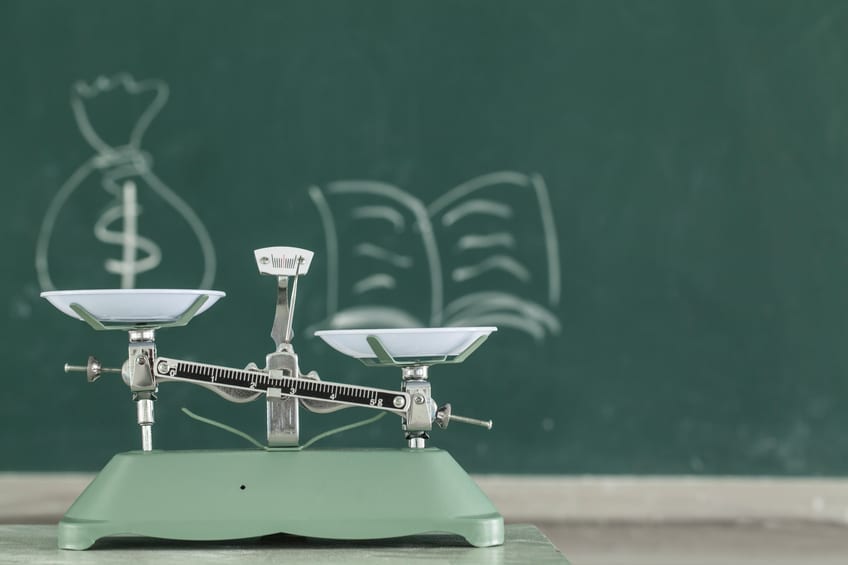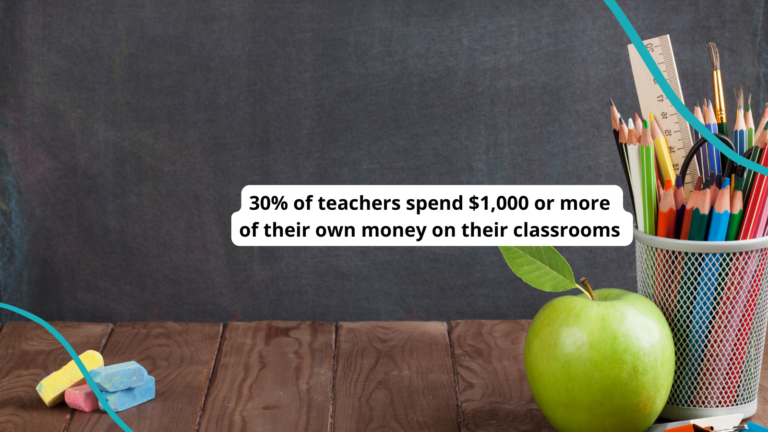The Department of Education recently released guidance for the Student Support and Academic Enrichment Grants (SSAE).
The new SSAE program, established by Title IV, Part A of ESSA, provides flexible funding focused on efforts to promote a well-rounded education. This includes a wide variety of disciplines such as music, the arts, social studies, environmental education, computer science and civics. Funding is also set aside to ensure safe and healthy students and support the effective use of technology.
These areas of concentration reflect existing programs that were rolled up into the SSAEG formula grant program when ESSA was written. The non-regulatory guidance 1) provides examples of allowable uses of funds; 2) discusses the role of state education agencies; 3) details fiscal responsibilities; and 4) identifies local application requirements. It also discusses leveraging other state and local resources in combination with the SSAE grant funds to achieve it goals.
Allowable uses of funds include services for students, professional development, salaries of personnel, and supplemental educational resources and equipment. ESSA mandates that any district receiving a grant of $30,000 or more spend at least 20% of its SSAE funding for activities designed to provide a well-rounded educational program, 20% for programs that make schools safer and healthier, and “a portion of the SSAE program funds … must be used for increasing effective use of technology to improve the academic achievement, academic growth, and digital literacy of all students.” So the technology allocation is undetermined. And, in some cases, districts may spend as much as 60% of the SSAE grant for technology; in others technology may claim only a small portion of available funds.
Too Many Unanswered Questions
I was surprised to read in the Key Questions segment of the guidance that “at least 85 percent of the educational technology funds must be used to support professional learning to enable the effective use of educational technology.” Earlier in the document the guidance states that “at least 85 percent of funds used under section 4109 may be used to support a variety of professional development, defined in 8101(42) as activities that are an integral part of school and local educational agency strategies, activities and for capacity building and other activities directly related to improving the use of educational technology.”
The guidance goes on to state that “Specifically, the SSAE program funds may be used to provide educators, school leaders, and administrators with the professional learning tools, devices, content and resources to do the following activities, among other allowable uses.” I did know that districts are only allowed to use 15% of their SSAE funds to purchase technology infrastructure, which the ESSA legislation describes as devices, equipment, and software applications to address readiness shortfalls as well as technology resources that support blended learning such as software and platforms, the purchase of digital instructional resources, initial professional development activities, and one-time information technology purchases.
Readiness shortfalls are not defined in the guidance, but I read it to mean readiness to administer online assessments. I was just hoping that, beyond that restriction, content would be an acceptable use. But it appears this is not the case. I guess schools are supposed to rely on OER and locally developed resources for content. Certainly professional development is a huge need, but by casting all other acceptable uses for technology funds as professional development, the guidance underplays the development of overall technology capacity building and planning activities.
Too many districts may focus on the words “professional development” and limit SSAE technology activities to a traditional set of PD offerings, many of which seem not to be that effective, since teachers continue to ask for more PD. I’m not an expert here, but the guidance leaves a lot of my questions unanswered.
| [custom_author=AnneW] |

